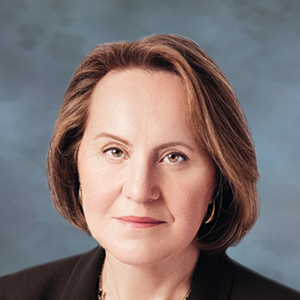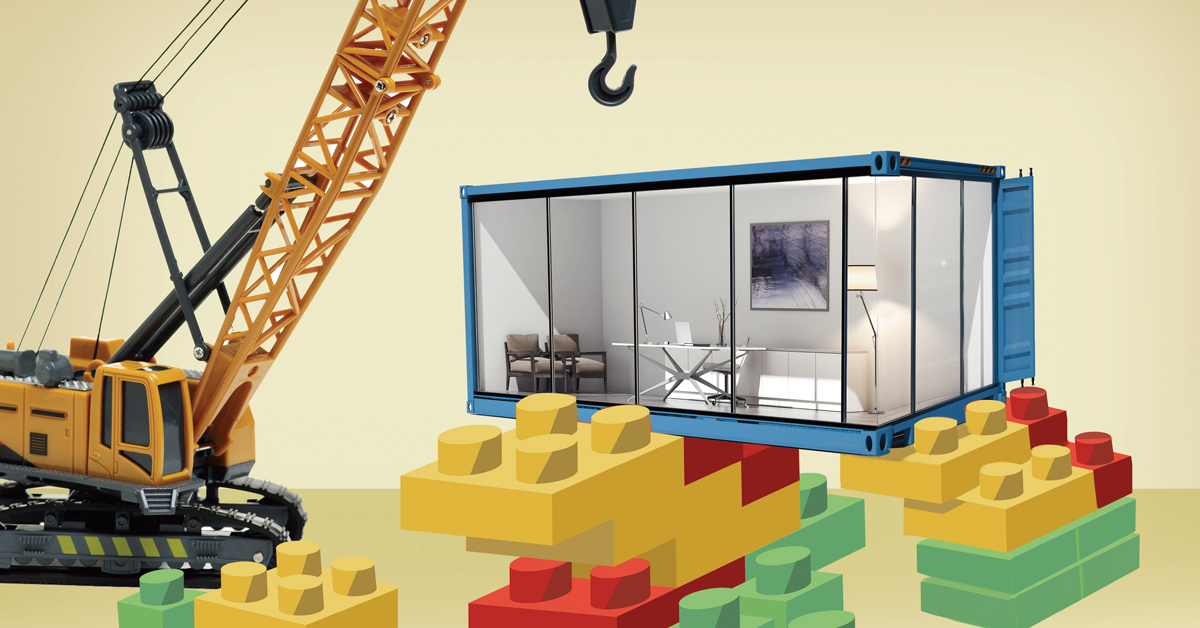Twenty-two million people in the U.S. live in manufactured homes, according to a 2018 report from the Manufactured Housing Institute (MHI). These dwellings represent 10% of new single-family construction starts and are an important lifeline to affordable housing, as they have an average sales price of $70,600 and are purchased by borrowers with a median household income of $30,000. On average, these homes cost $49 per square foot, less than half as much as a traditional site-built home, MHI reported.
These facts alone highlight the need for mortgage originators to be connected to financing programs for manufactured housing. The shortfall in new-home construction continues to put pressure on existing-home prices, which reached a nationwide median figure of $259,300 in 2018, according to a 2019 report from the Joint Center for Housing Studies of Harvard University. That’s an increase of about $82,000 over a seven-year period.
The Harvard report also noted that new construction is struggling to keep pace with the number of new household formations, due to labor shortages, zoning constraints and rising land costs. Residential land values climbed in 80% of U.S. counties from 2012 to 2018, with the sharpest increases in Western states like Arizona, California, Nevada, Oregon and Washington.
These factors make manufactured and modular homes increasingly important options for a large segment of potential homebuyers. These homes cost less because they are built in a climate-controlled factory with efficient assembly and stable labor costs. The homebuilder of the future is likely to purchase modules from a factory.
Mortgage financing
The government-sponsored enterprises (GSEs) Fannie Mae and Freddie Mac offer mortgages for single-family manufactured homes, as long as they are classified as real property. This means the borrower must own the home and the underlying land, unless the home is located in a GSE-approved manufactured-housing community, planned unit development, co-op or condominium project. In general, the GSEs require these homes to be at least 12 feet wide and a minimum of 600 square feet, along with being affixed to a permanent foundation and connected to utilities.
Fannie Mae’s MH Advantage program is available for manufactured homes with traditional home features, such as a pitched roof, porch, garage or drywall. The MH Advantage mortgage may be combined with a HomeReady mortgage, allowing for a downpayment as low as 3% that can be funded by gifts or grants. Freddie Mac offers purchase loans on manufactured homes through their Home Possible and CHOICEHome programs.
Lenders approved by the Federal Housing Administration (FHA) may originate loans to borrowers who are purchasing or refinancing a manufactured home and/or lot. FHA’s maximum mortgage amount is $92,904 for a combination home-and-land purchase, $69,678 for the home only and $23,226 for the land only.
FHA borrowers are not required to purchase or own the land, which can be a leased lot within a manufactured-housing community or mobile-home park. The U.S. Department of Housing and Urban Development (HUD) requires the community (or lessor) to provide the buyer with an initial lease term of at least three years and the homeowner must be given 180 days written notice if the lease is to be ended. Manufactured homes must comply with HUD’s Model Manufactured Home Installation Standards, as well as applicable state and local requirements governing the installation and construction of the home’s foundation.
The U.S. Department of Agriculture (USDA) offers no-downpayment mortgages on manufactured homes of at least 400 square feet. The home must have been built within the past 12 months, with the exception of homes built in 2006 or later in states that are participating in a pilot program. USDA-backed homes must be taxed as real estate and have an economic life of at least 30 years. Additionally, loans through the U.S. Department of Veterans Affairs (VA) are available for manufactured homes built on a permanent foundation. VA loan terms range from 20 to 25 years, depending upon the size of the unit (single or double wide).
Compliance to the HUD code is an important requirement in the manufactured-housing industry. Any manufactured or mobile home that was built prior to June 15, 1976, even with modifications, does not comply with HUD standards and is ineligible for financing. Each home must have a legible metal-plate tag affixed to the exterior and a paper compliance certificate inside the home.
Many manufactured homes that are located on leased property are ineligible for conventional mortgages from the GSEs. The FHA, however, does insure mortgages for homes on leased land. Since the debt is being secured by a dwelling and not land, however, it is considered to be chattel financing. These are personal-property loans that are often used to purchase boats or recreational vehicles. Chattel loans are generally the only type of financing available for homes that are situated on a nonpermanent foundation, even if the homeowner also owns the land. Chattel loans offered by manufacturers are generally funded by nationwide nonconforming lenders.
Materials and features
Manufactured-home styles have changed considerably over the past 20 years and the design options available today closely resemble those of custom-built homes.
Today’s consumers want homes that are built with sustainable materials. Manufacturers of all types of factory-built homes are now creating products that are certified by the Leadership in Energy and Environment Design (LEED) ratings system through the U.S. Green Building Council.
Manufactured-home styles have changed considerably over the past 20 years and the design options available today closely resemble those of custom-built homes. Builders offer a full range of design options and upgrades, including doors and windows, siding and exterior trim, shingles, fixtures, floors and carpets, and even garages and decks.
Even if a home is not LEED certified, however, it may include Energy Star-certified windows or high-efficiency appliances and heating and cooling systems. These are key considerations for homebuyers, who will save money in utility costs while reducing their carbon footprint. It is important, however, for mortgage originators and their clients to understand the different types of construction designs and how these characteristics relate to financing.
Manufactured homes are built entirely off site on a steel chassis with wheels, then transported to the property. The standard size options are single, double or triple wide. In general, a traditional mortgage can be obtained if the homeowner plans to own the underlying land, but a chattel loan is typically used if the land is leased. Modular homes are largely built off site in climate-controlled facilities and are then transported in multiple sections to be completed on site. They must conform to state and local building codes. Financing for modular homes works the same as for traditional site-built homes.
Many manufactured homes are placed on privately owned land. Before purchasing land, homebuyers need to complete all of the same steps and procedures as they would for a custom-built home. This includes a survey and title search, as well as confirmation of access to public utility systems. Where the home will be placed is subject to any zoning setbacks and easements.
Buyers will not have to complete all the steps related to land, zoning and utilities if they are purchasing a manufactured home in a land-lease community. The cost to lease land is usually modest and there are generally a number of amenities in common areas, such as pools, clubhouses, playgrounds and storage facilities. Grounds maintenance is typically handled by a homeowners association.
• • •
Industry experts, including the National Association of Realtors, have called on builders to be innovative and utilize factory-built processes more frequently. It behooves mortgage originators to understand these homebuilding trends so they can better serve their clients with a wide range of options.
Author
-

Anna DeSimone is author of "Housing Finance 2020: New Mortgage Programs for the New Generation of Homebuyers." DeSimone has written more than 40 published works on topics such as mortgage best practices, fair lending and regulatory compliance, including numerous guides published by the Mortgage Bankers Association. She is the former owner and founder of Bankers Advisory, a mortgage compliance and quality-control company. DeSimone was named one of HousingWire’s Women of Influence and has received numerous other awards.
View all posts







